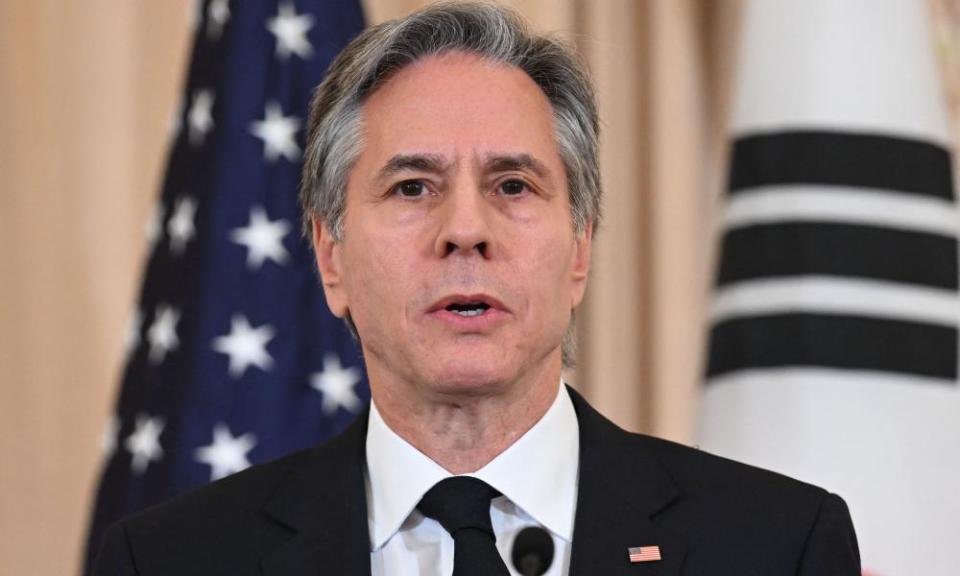The Observer view on the real threat behind China’s spy balloon

It must be admitted that the flap over an enormous Chinese balloon that flew or blew, unannounced, over the US and Canada last week has a certain funny side. Pentagon generals went on high alert, fearful that their missile silos in Montana were being spied on. Joe Biden, not normally a trigger-happy man, had to be persuaded not to shoot it down, and then changed his mind. Republicans accused the president of being weak on balloon defence. Red-faced officials in Beijing scrambled to talk the over-excited Americans down.
The balloon, most likely a clandestine surveillance device, was ultimately deemed not to pose a physical threat. The Chinese, while insisting it was a weather device accidentally gone astray, nevertheless apologised.
When the balloon went up, mutual trust, cool heads and timely communication were woefully lacking
This incident says a lot, none of it good, about the jittery state of US-China relations. The world’s two most powerful countries are at loggerheads over numerous issues, big and small. When the balloon went up, mutual trust, cool heads and timely communication were woefully lacking. This is not funny at all.
The decision by Antony Blinken, the US secretary of state, to postpone an ice-breaking weekend visit to Beijing is regrettable. But, given the opportunistic yet potent anti-China furore that has blown up on the American right, calm, sensible dialogue might have proved impossible.
Unforeseen crises of this sort vividly demonstrate why resumed talks to foster improved mutual understanding are essential. The context is growing global competition, some call it confrontation, between Washington and Beijing. Donald Trump’s presidency took relations to a new low, with numerous rows over trade, US sanctions, spying and security. President Xi Jinping’s aggressive posture, including on Taiwan, Hong Kong, the South China Sea and Xinjiang, is just as much to blame. Amid a military buildup on both sides, hawks have begun to suggest that war is inevitable.
Only last week, the CIA chief, William Burns, declared that the US knew, “as a matter of intelligence”, that Xi had ordered his forces to be ready to invade Taiwan by 2027. The US air force general Mike Minihan went further, urging troops to be ready to defend the island by 2025. Elections in Taiwan and the US next year could provide pretext and cover for a Chinese attack, he predicted.
Xi’s ultranationalism, expansionist policies and wolf warrior diplomacy have backfired badly
As the balloon storm shows, miscalculation is just as dangerous as any planned policy. It’s unlikely that China’s leaders deliberately torpedoed Blinken’s visit. Indeed, there are signs that Xi, under economic and pandemic pressure, wants to reduce tensions. The deployment of a spy balloon at such a delicate juncture was most probably a blunder by lower-ranking cadres – or sabotage by hardliners opposed to detente. Such possibilities revive nagging questions about Xi’s authority and competence.
Xi’s ultranationalism, expansionist policies and wolf warrior diplomacy have backfired badly, prompting countries such as Japan and South Korea to harden their defences. The US is actively exploiting his mistakes. Last week, it signed a military pact with the Philippines. Fear of China has facilitated closer US security ties with India, Australia and across south-east Asia. In this respect, Xi is his own (and China’s) worst enemy.
Biden’s America has a lot to lose too, if it listens to the hawks, relies on military options and allows relations with the world’s biggest trading nation and nascent superpower to deteriorate further. So does a watching world. Washington and Beijing should treat the wandering balloon as a warning from on high – and quickly find better ways to get along.

 Yahoo News
Yahoo News 